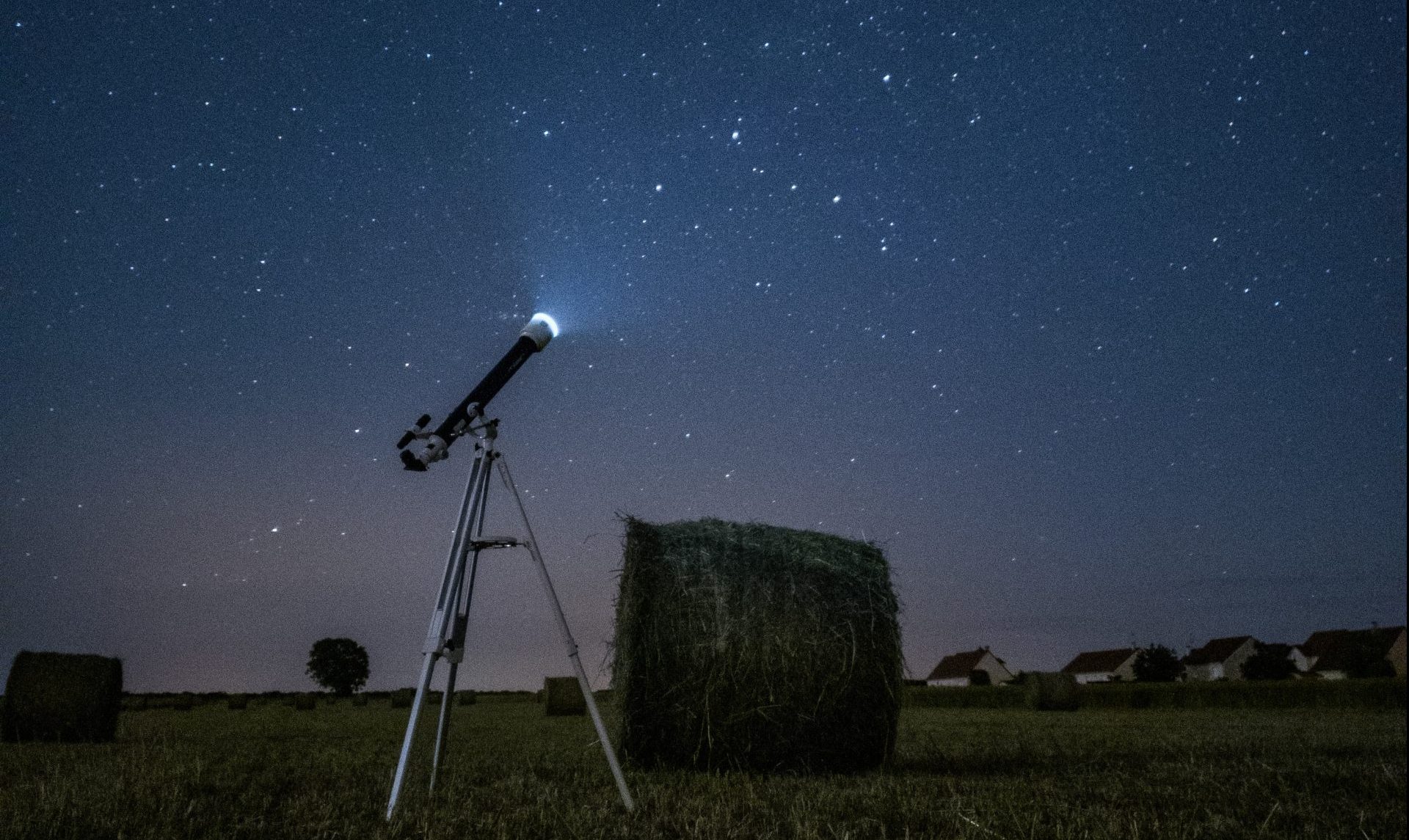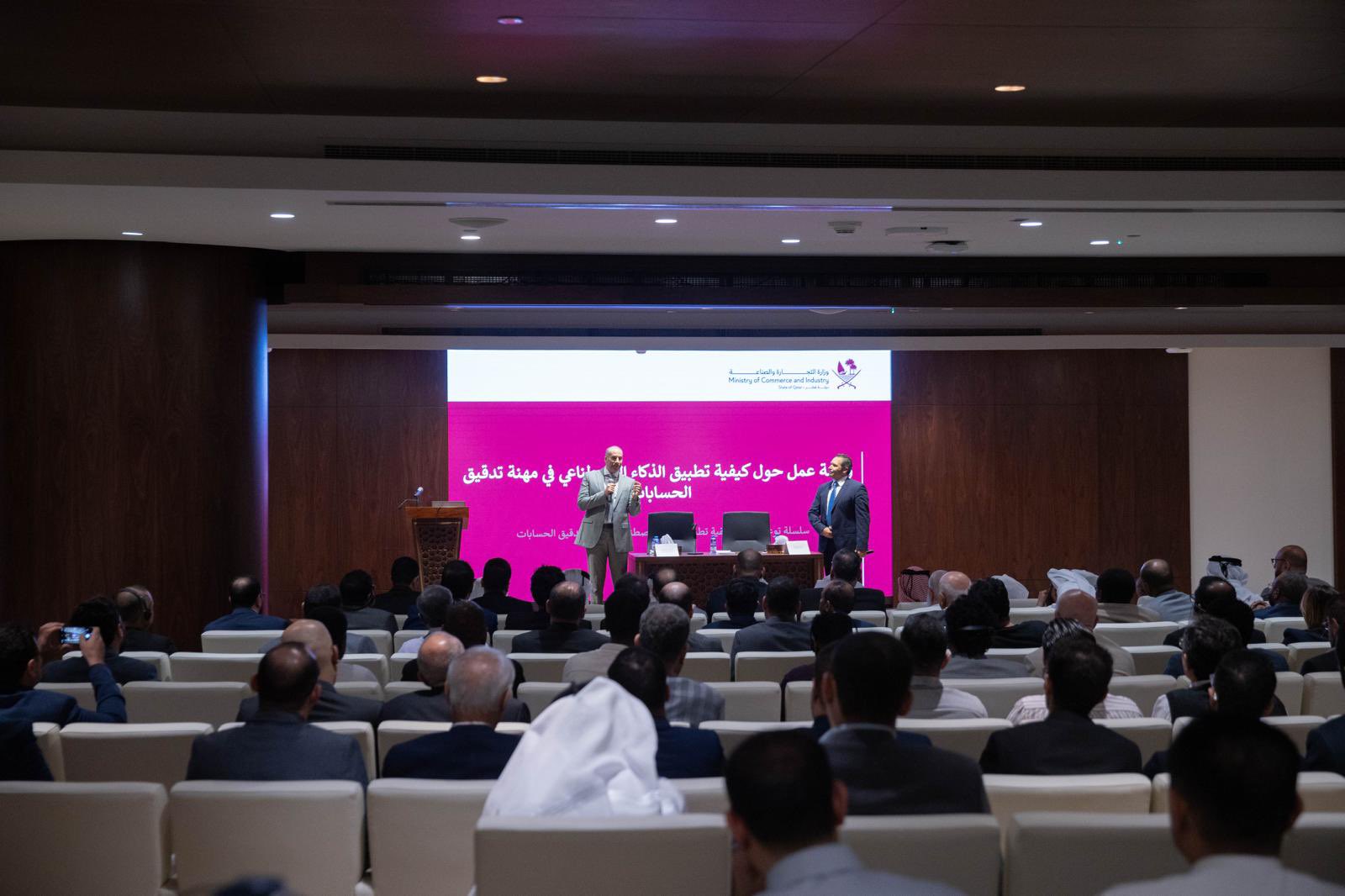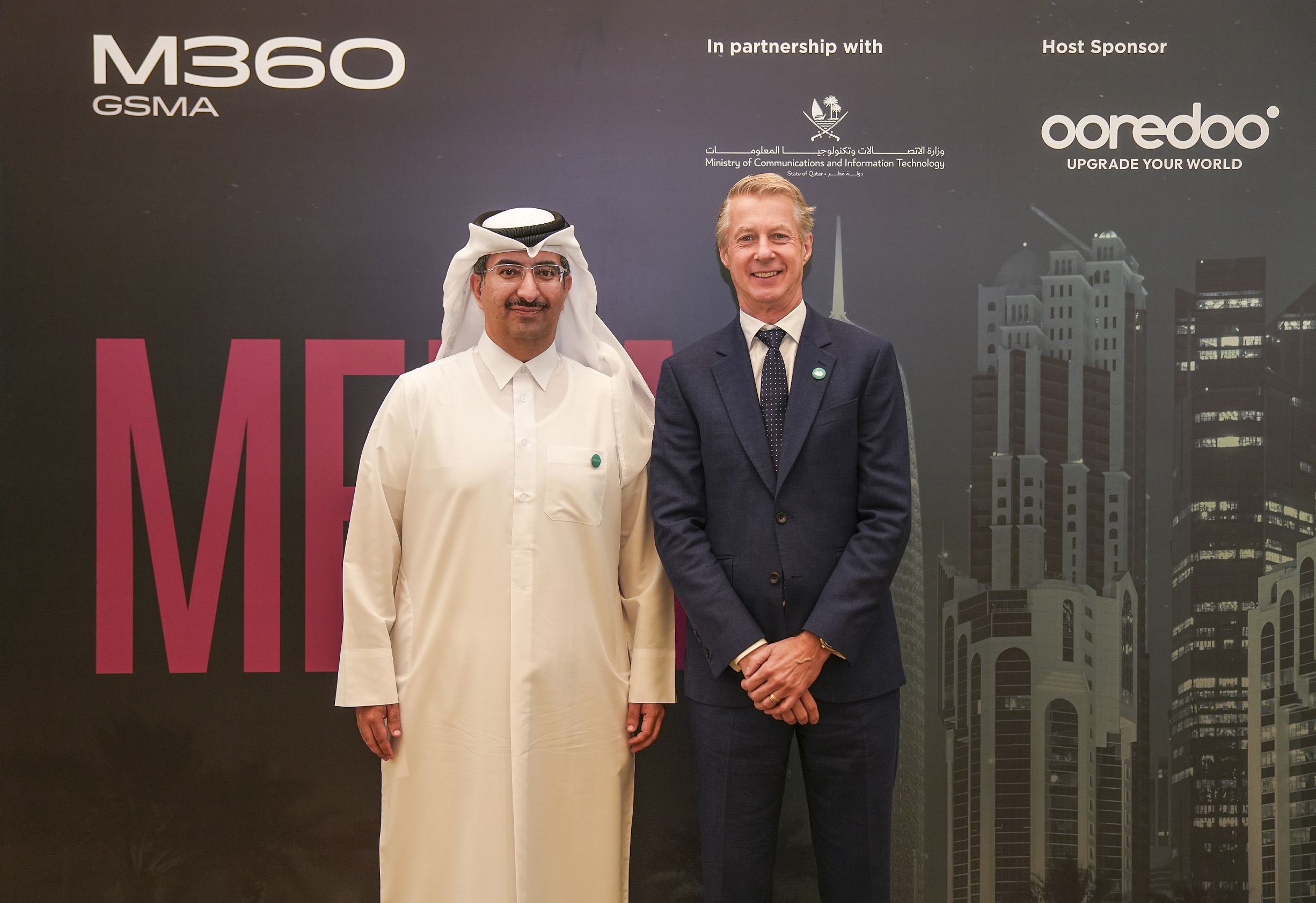Moon sighting is an important part of Islamic tradition and culture to ensure that the Muslim community follows a uniform calendar and celebrates important festivals and events together.
Excitement over the televised announcement of the crescent sighting to determine the start and end of Ramadan has been inherited by generations in Qatar.
Despite some astronomical predictions which were accurate in previously determining the end of Ramadan and the start of Eid al-Fitr, the moon sighting itself is what Muslims deem as credible to either begin their celebrations.
If you are still confused about the moon sighting process, you have landed on the right page! Doha News has put together all you need to know about the sighting of the crescent moon.
Why and how is the moon sighted?
In Islam, the sighting of the crescent moon marks the beginning of each lunar month, including the month of Ramadan, and the end of the month of Ramadan marks the beginning of the festival of Eid al-Fitr. Each lunar month last between 29 to 30 days, depending on the moon’s phases.
Muslims would know when to fast Ramadan, the ninth month of the Islamic calendar, based on sightings by both astronomers, moon-sighting committees and religious scholars either with the naked eye or by using telescopes.
They look for the crescent moon shortly after sunset on the 29th day of the previous lunar month. It is often detected once the sun sets as the moon would be more visible in the dark. Having a sky clear of light pollution would help to sight the moon. Some Muslim scholars say that the moon can also be sighted during the day.
If the moon is sighted, it signals the start of the new lunar month, and the announcement is made to the local Muslim community. If the moon is not sighted, then the current month is extended by one day, and the crescent is sought after the sunset of the following day.
Who decides what?
In Qatar, the Moon Sighting Committee of the Ministry of Endowments (Awqaf) is the office that declares the start of Ramadan, Eid Al Fitr and Eid Al Adha. Awqaf would also call on Qatar’s citizens to try to spot the crescent during the final nights of Shabaan.
Other countries have similar religious or governmental bodies that make such announcements.
Oftentimes, countries in the region base their announcements on that of Saudi Arabia – although errors can happen in the moon sighting process. For example, Riyadh announced Eid Al Fitr in 2015 a day early as experts spotted Saturn instead of the crescent.
In the event of such mistakes, the government would pay off donations, known as “kaffarah”, for making Muslims miss out on fasting on the last day of the holy month.
Scholars have also advised Muslims to follow the decisions of the country they reside in, despite the possible differences from others. If the moon is not sighted in the country they live in, Muslims are advised to follow the closest country to them.
In all cases, one hadith that scholars have always relied on is the one by Prophet Muhammad, in which he said: “When you see the new moon, observe fasting, and when you see it (again) then break the fasting, and if the sky is cloudy for you, then complete thirty days for the month of Sha’baan.”
Moon sighting is therefore an important part of Islamic tradition and culture. It is also a way to ensure that the Muslim community follows a uniform calendar and celebrates important festivals and events together.
The process of moon sighting also encourages community involvement and unity, as people come together to look for the crescent moon and celebrate the start of the new month or festival.







